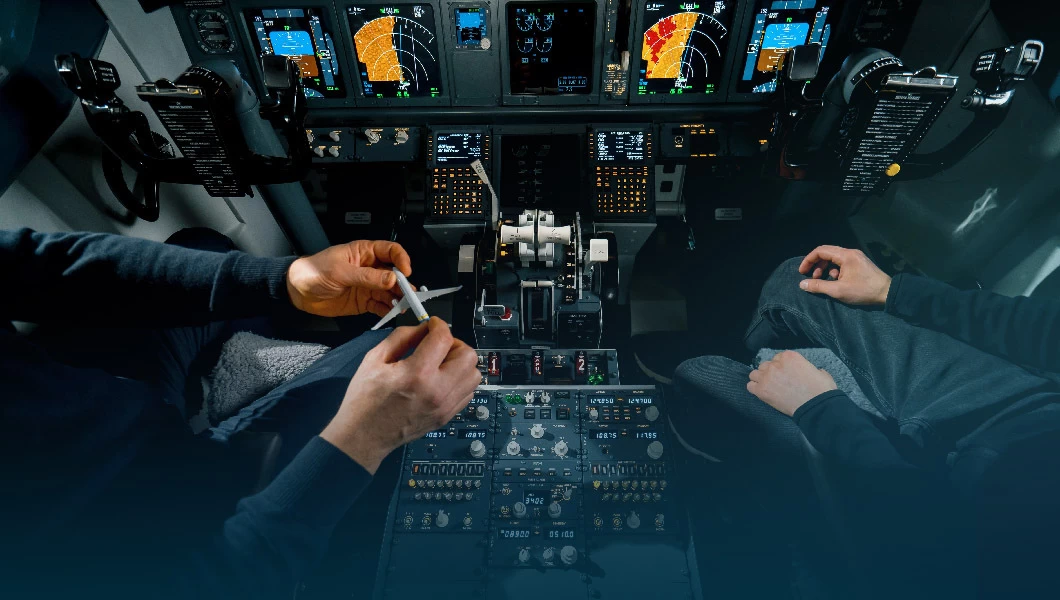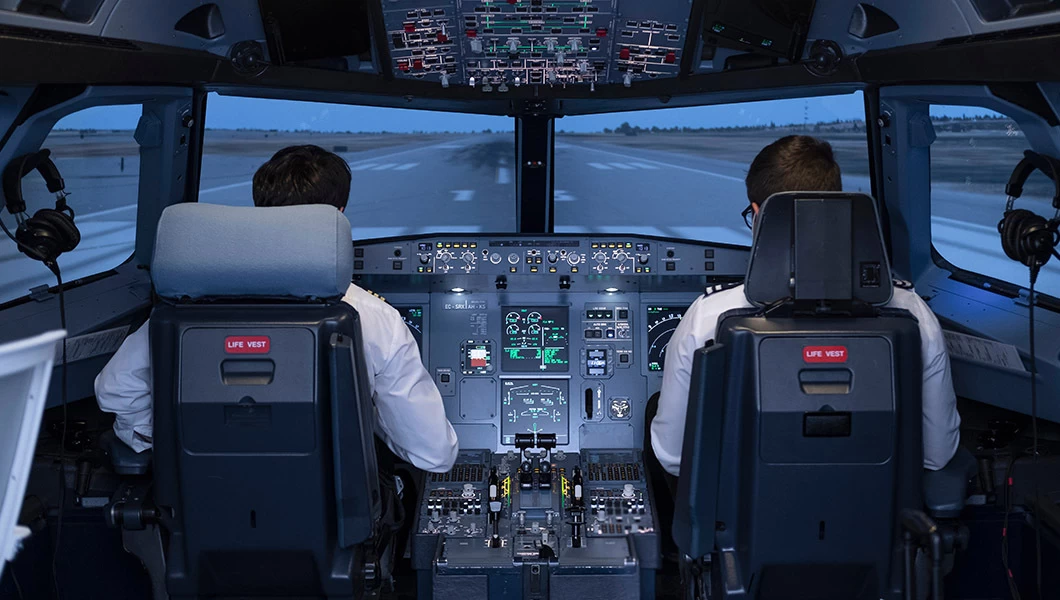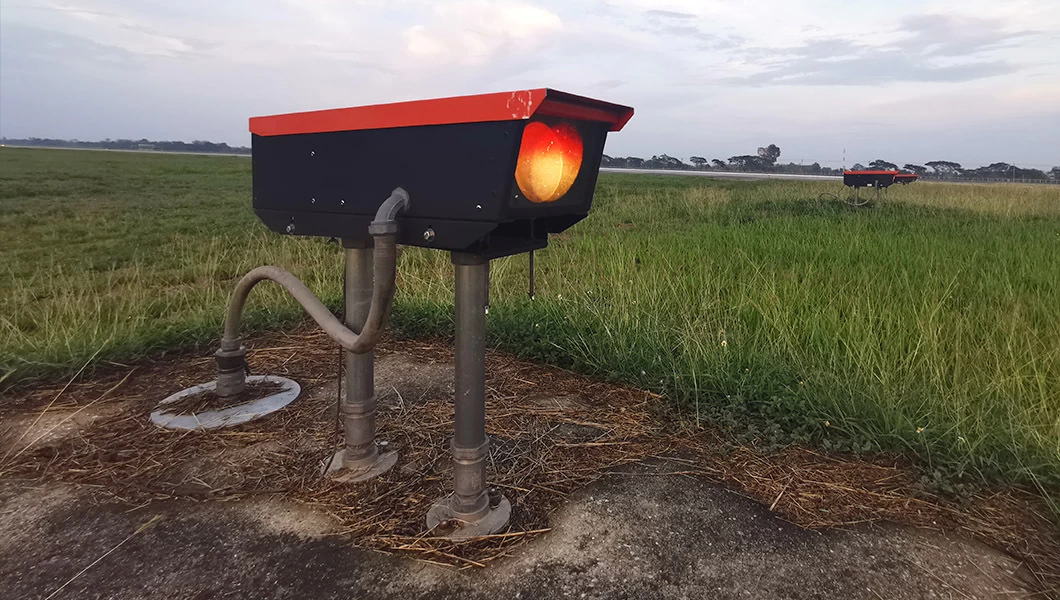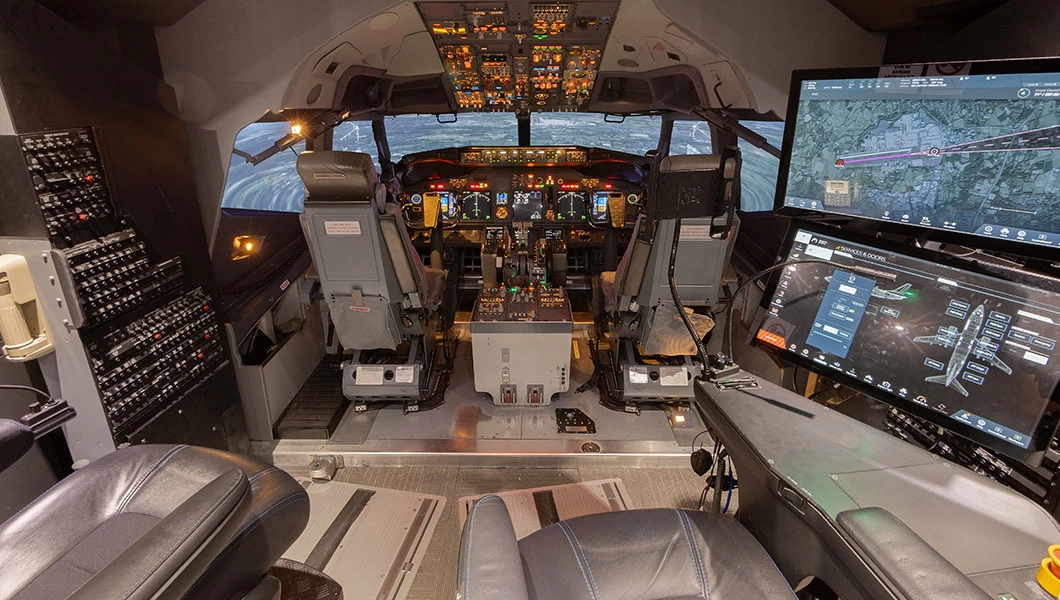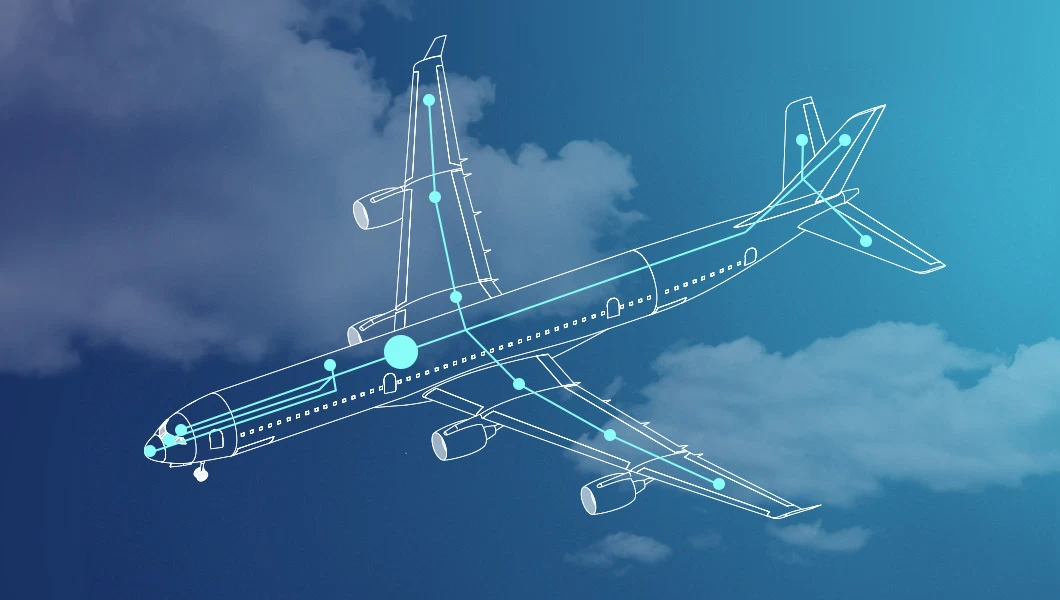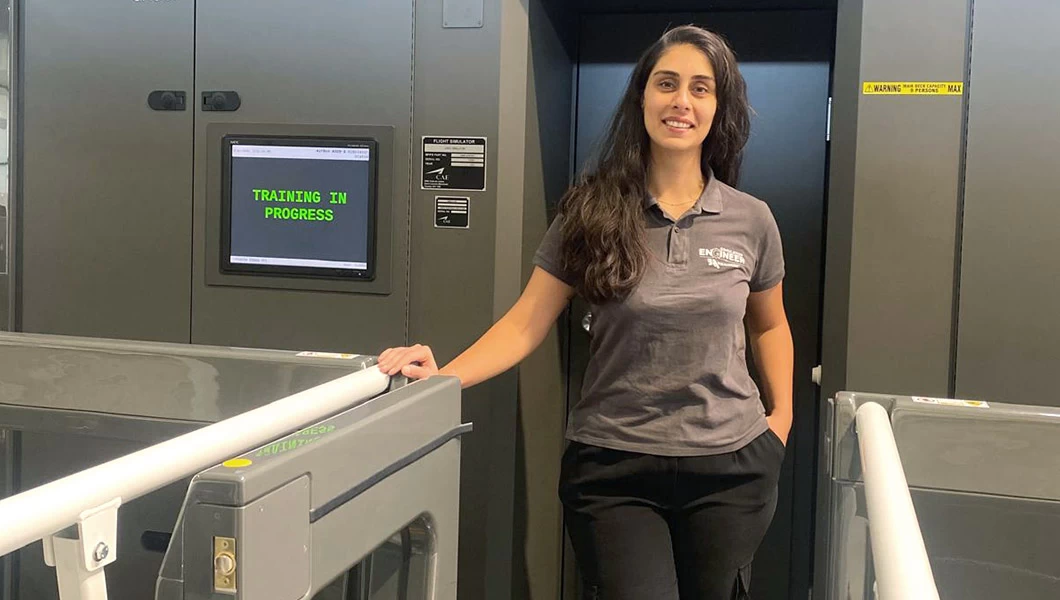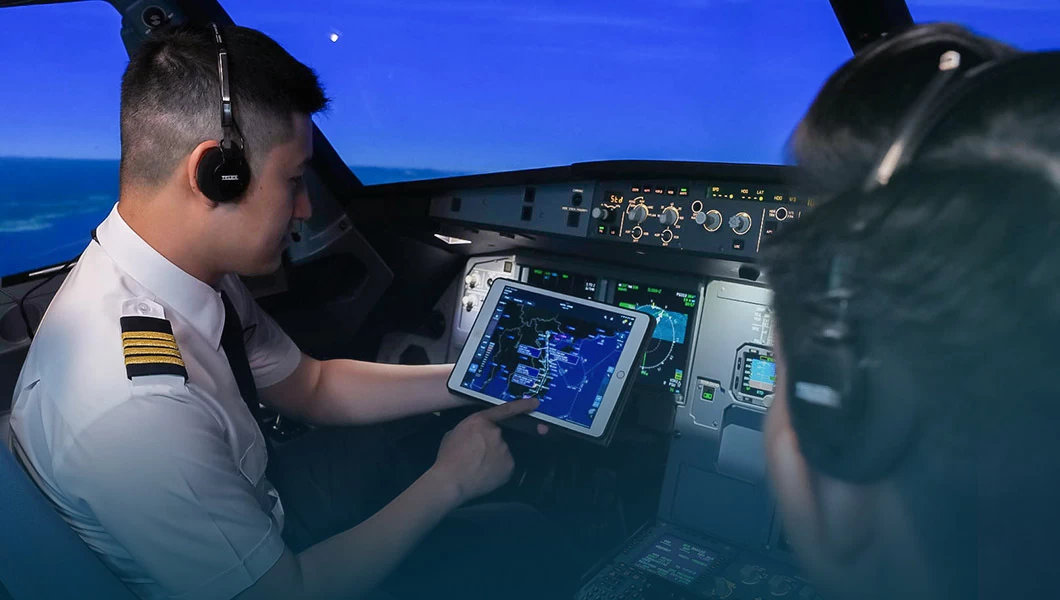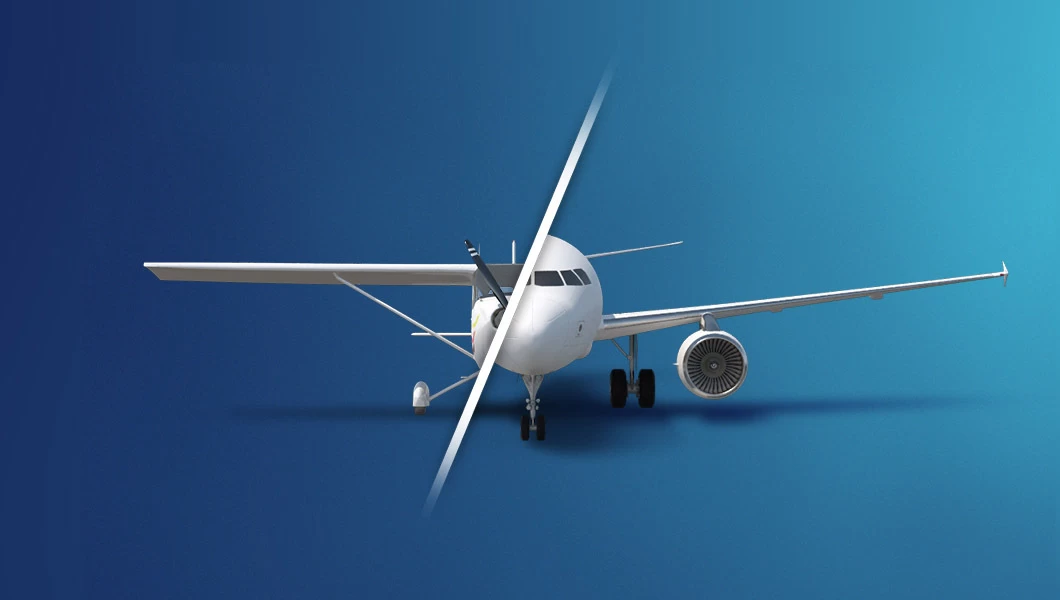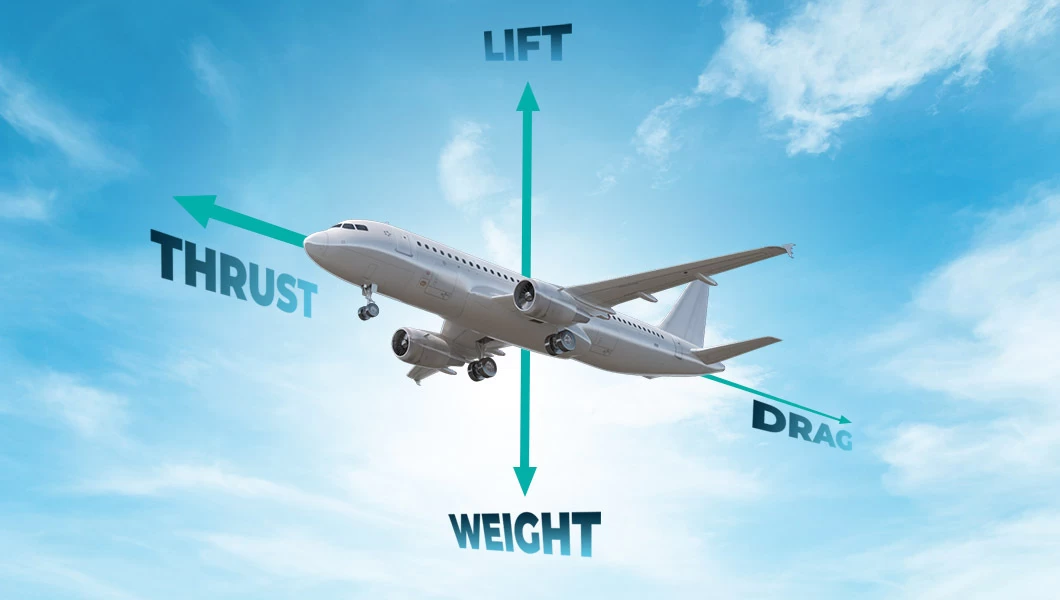Here’s a quick guide on optical illusions in aviation and how you can condition yourself to beat them.
Prefer to listen? Press play to hear this article.
What Are Optical Illusions?
In aviation, an optical or visual illusion is a phenomenon that tricks the pilot’s eyes into misinterpreting their aircraft’s orientation in relation to the surroundings. Such an illusion leads to a deceptive or misleading image formed by a combination of light, color, and pattern.
A common example of optical illusion is water refraction on the aircraft windshield. The expansive film of water droplets can trick pilots into believing that the horizon is lower than it really is. This can lead to a faulty action that can prove detrimental to the flight’s normal operations. Optical illusions in aviation are severe influencers and can cause loss of life and property.
What is Spatial Disorientation?
Spatial disorientation occurs when your ability to maintain your body’s orientation relative to the surroundings is impaired. This leads to misjudging your aircraft’s position and altitude in relation to the Earth’s surface. When you’re flying an aircraft, a sudden or gradual change in the surroundings can lead to differences in the magnitude and frequency of different sensory signals. These differences lead to a sensory mismatch in your brain, which leads to an optical illusion.
In other words, spatial disorientation is caused by optical illusions, which in turn occur due to a sensory mismatch. It’s a common phenomenon and one that requires continuous instrument training to recognize and overcome.
According to a Federal Aviation Administration (FAA) factsheet (pdf), between 5% to 10% of all general aviation accidents can be attributed to spatial disorientation, and 90% of these accidents are fatal.
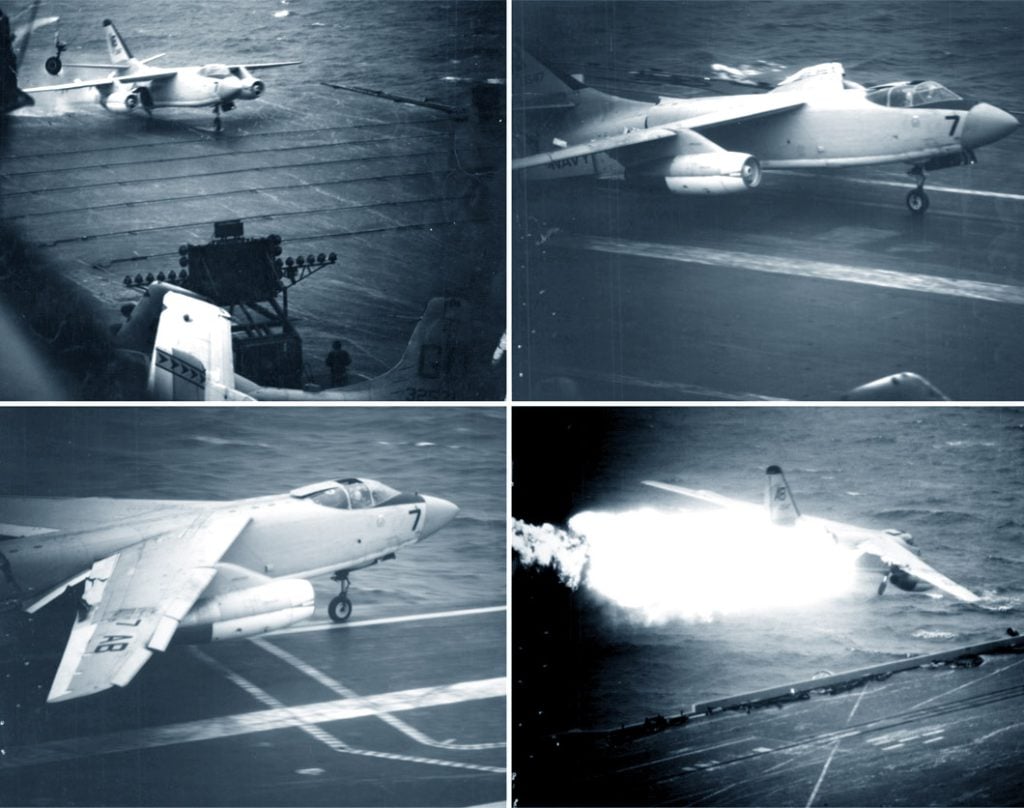
Spatial disorientation triggered by optical illusions can severely impact a pilot’s performance. Visual tricks can have various effects such as but not limited to:
- Impairment of the flight crew’s situation awareness during the final approach
- Faulty corrections to an otherwise normal flight operation
- Impairment of the decision process during descend
One effective way to address these illusions is by understanding the ICEFLAGS model, which highlights the most common visual traps.
What is ICEFLAGS?
ICEFLAGS is an acronym for the eight common optical illusions in aviation. Here’s an overview of each one:

Most ICEFLAGS illusions stem from changes in the vestibular system and can be overcome by following your instruments, using electronic aids, and adhering to standard operating procedures (SOPs). Out of the eight ICEFLAGS illusions, the graveyard spiral or deadly spiral is considered to be the most dangerous. Feeling sudden adrenaline is the most common reason that causes pilots to surrender to optical illusions.
Other Common Optical Illusions
Beyond the ICEFLAGS illusions, pilots must also be aware of other visual phenomena, including:
- Black Hole Effect: Dark terrain with minimal surrounding lights give an impression of a higher altitude
- Refraction: Layer of water droplets on the windshield creating an illusion of a higher altitude
- Ground Lighting: Misinterpreting a path with streetlights for a runway
Your PILOT CAREER
starts with a first click
How Can Pilots Overcome Visual Illusions While Flying?
As a pilot, overcoming optical illusions while flying will be a learning curve. The first step is to realize that each of the ICEFLAGS illusions is your brain reacting naturally to the sensory stimulus mismatch. Tackling them requires extreme presence of mind and expert ability to trust instruments even in the face of a deceiving image in front of you.
Learning about common visual illusions in flight is the next step. If you know what exactly causes a graveyard spiral or a false horizon illusion, you can train your brain to ignore it and instead trigger yourself to cross-check with the instruments.
Weather conditions and airport/runway environment also play a crucial role in how pilots perceive illusions. Hence, in such cases, pilots should pay close attention to pre-flight and pre-descent briefings that will help them tackle potential illusions.
However, the most essential thing a pilot can do to learn to counter optical illusions is to practice and maintain their instrument flying skills, especially for low visibility and night conditions. This is even more critical for student pilots who undergo limited instrument training at the start of their careers.
In addition to preparing yourself, you can also follow the industry best practices to tackle optical illusions:
- Depending on the instrument approach versus the visual approach
- Using electronic aids and instruments to navigate
- Using approach lights and runway aid systems like the Visual Approach Slope Indicator (VASI)
As a pilot, trusting your instruments and staying vigilant will help you navigate even the most deceptive visual illusions. You’re always in control when you follow your training and the proper procedures!

